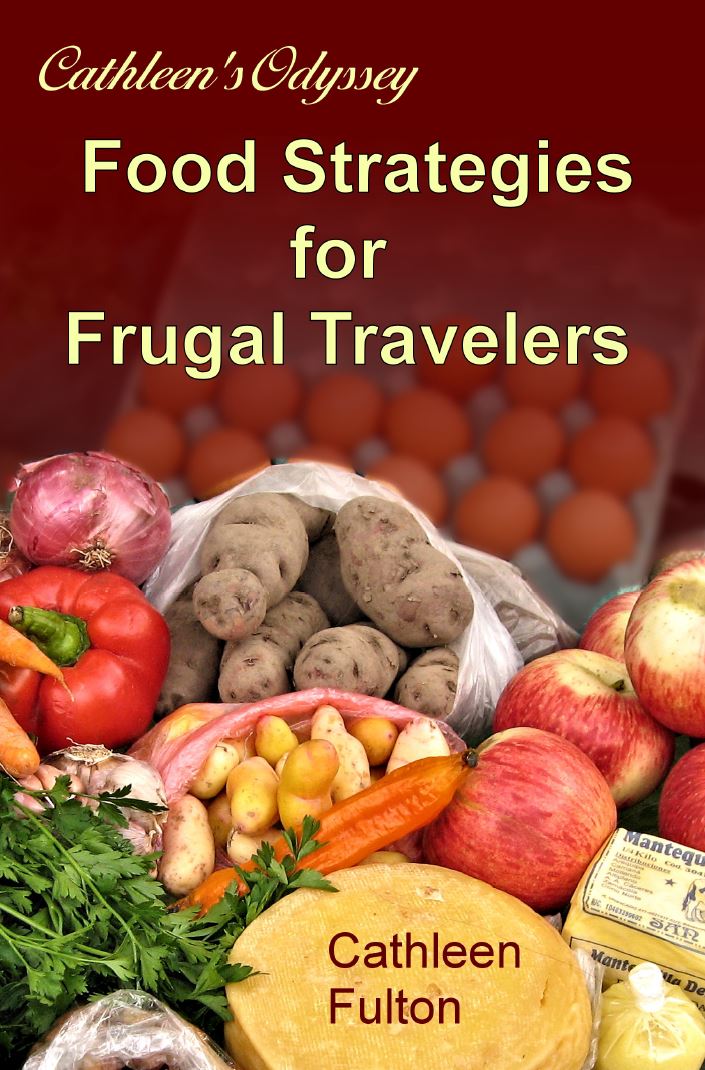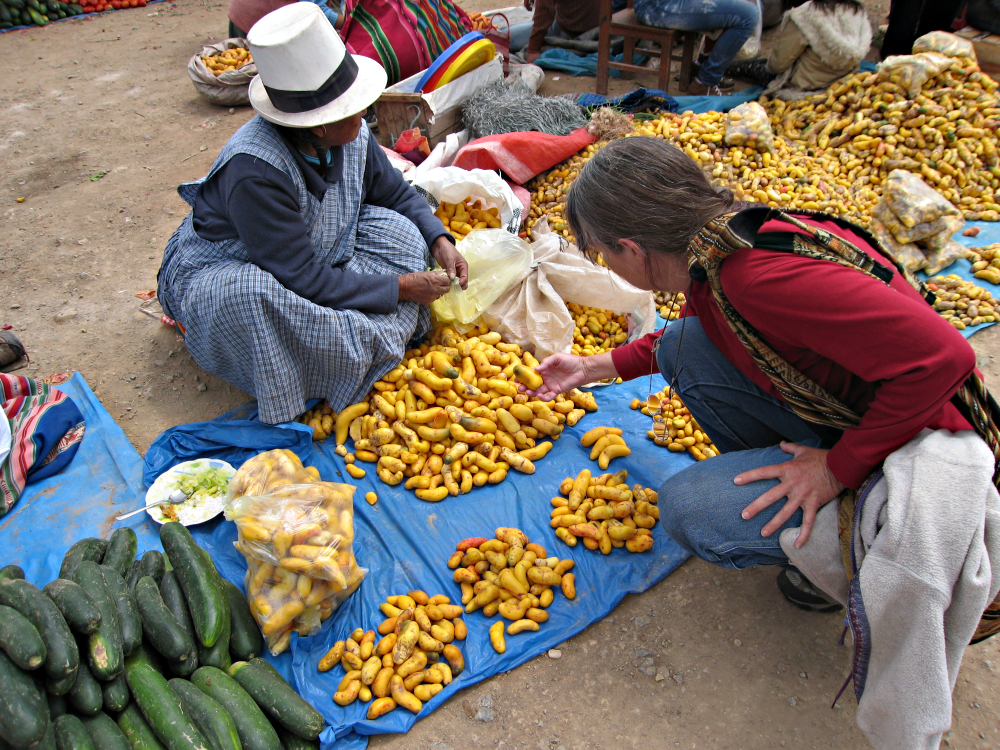5 Food Strategies for Affordable European Travel
This is Part One of a two-part series on food strategies for budget travel.
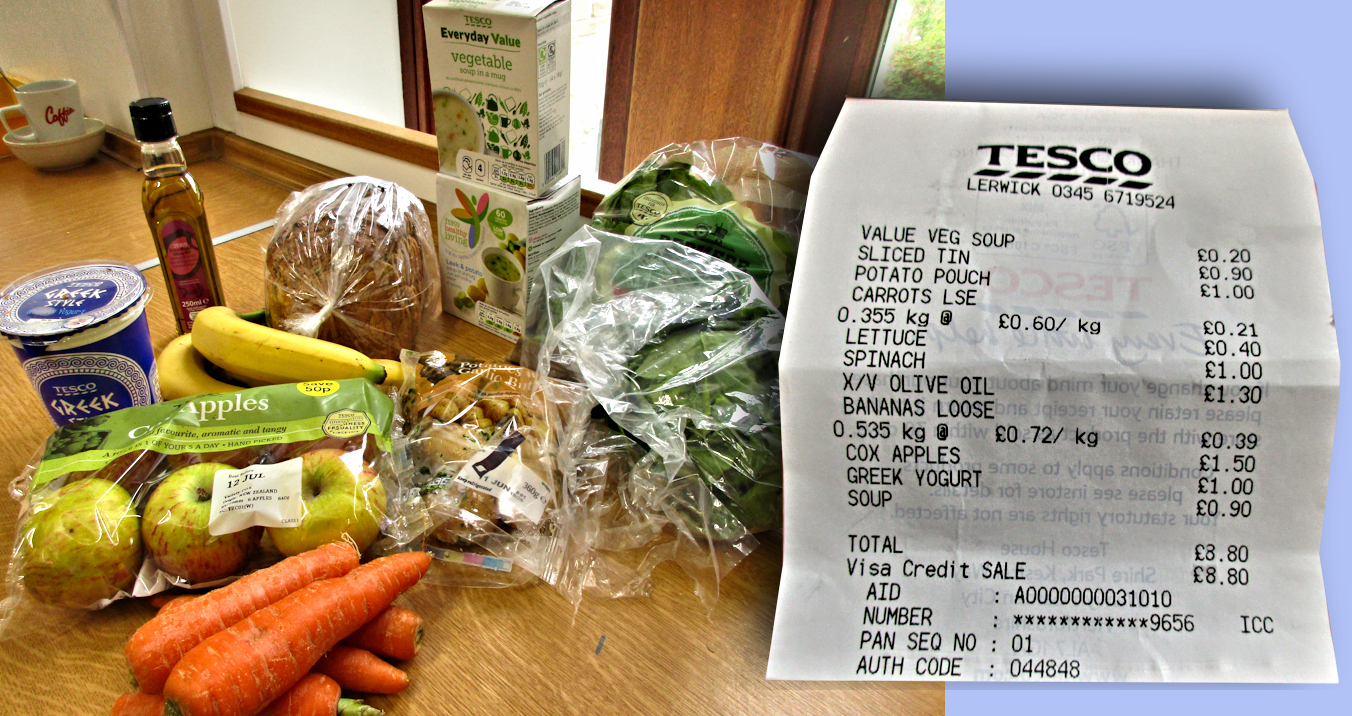
During 2017–18, I spent thirteen months in Europe, including the UK, the Netherlands, and Denmark. “Isn’t that part of Europe expensive?” you ask? It doesn’t have to be.
During that 13 months, the average cost of the food I prepared myself was $129 per month and the average cost of food and drink I ate in cafes and restaurants was $164 per month. This means that my average monthly food cost was less than $300. Even during my seven days in Copenhagen, food cost me less $69.00—in one of the most expensive European countries! At less than $10 per day for all my food, I consider that a success.
Why Food Frugality?
Post Contents
Since I mostly sleep in hostels and low-cost guesthouses, if I were to eat all or most of my meals in cafes, then my food budget would quickly outweigh my cost for a bed. If the choice is whether to go to the trouble of preparing most of my own food OR not to travel at all, there is no doubt what I choose.
My strategy for affording to visit some of my favorite European countries includes preparing most of my own meals and saving restaurants for the occasional special treats or opportunities to sample local fare.
Here are five best practices for preparing most of your own meals and keeping food costs low while traveling. I will write about five more in a future post. But, if you want a detailed food strategy right away, check out my new e-book, Food Strategies for Frugal Travelers.
I’m Celebrating…
…the publication of Cathleen’s Odyssey’s
first E-book!
This post is a summary of the information, tips, lists, and recipes you will discover in
Food Strategies for Frugal Travelers
1. Choose Lodgings with Guest Kitchens
When choosing accommodations, I always check to be sure there is a guest kitchen. Almost all hostels in Europe have guest kitchens. Many guesthouses do as well. And even when I book through AirBnB, I make sure I will be allowed to use the kitchen.
Some are quite well-supplied and modern. Most on-line reservations systems, like Booking.com will tell you if a listing has a kitchen, and many have photos of the kitchens.
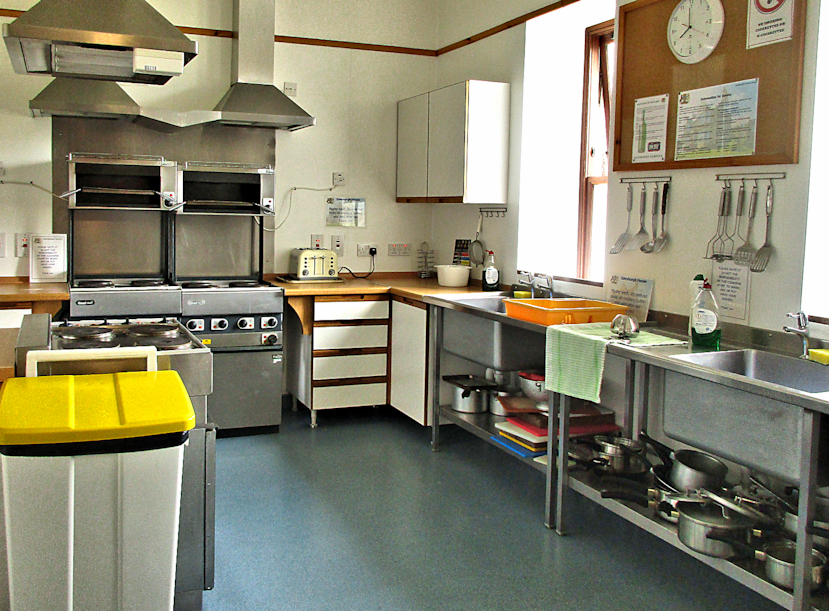
2. Look for nearby food markets.
Unless I have sleuthed out the nearby markets in advance with Google Maps, one of my first questions when checking in (after “What is the wifi password?”) is “Where is the nearest supermarket?”
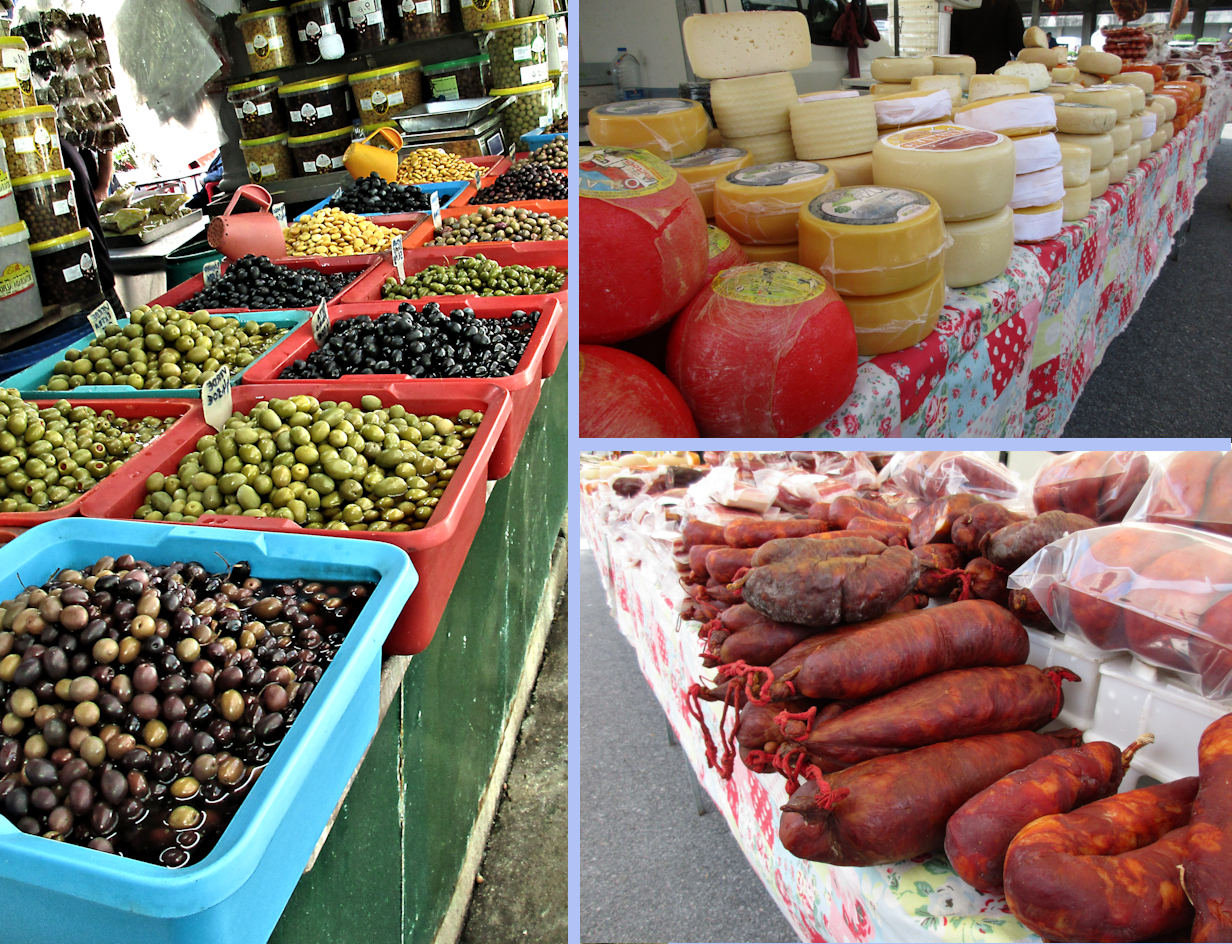
Traveler’s Bonus
Find out when and where the local farmer’s market takes place. Shopping there provides unique and fresh ingredients for meals, a chance to save money on your food budget, and an opportunity to experience the local atmosphere, people, and cuisine. Vendors are happy to tell you all about their product and suggest ways to prepare it.
3. Check out the kitchen before shopping.
What equipment is there—stove, oven, microwave, decent-sized refrigerator? Is there a time each day that the kitchen is closed for cleaning? Is there a space for you to store your food, both in and outside the refrigerator?
What staples are already there? You will often find oils, vinegars, sugar, condiments and lots of spices.
Are there any free food ingredients? Quite frequently there is a “free food” box on a shelf and sometimes even in the refrigerator. Pasta and rice are common. These are items that previous guests did not want to carry away. You, too, can leave items at the end of your stay. Just make sure it is clear that the food is now available to anyone—either by labeling it or putting it in a free food area.
I often find that I don’t need to purchase some ingredients—like oils or spices.
4. Have a shopping plan.
Try not to shop when you are hungry. If that is unavoidable, always make a list and try to stick to it. I often prepare a meal plan and shopping list while on a train or plane to my next destination, so I am ready to find a market as soon as I have dumped my bags by my bed.
Think about how long you will be staying in your current location and don’t buy too much food. But also, try to purchase enough for your stay or for a few days. If you have to go shopping every evening for dinner, you will be less likely to prepare your own meals.
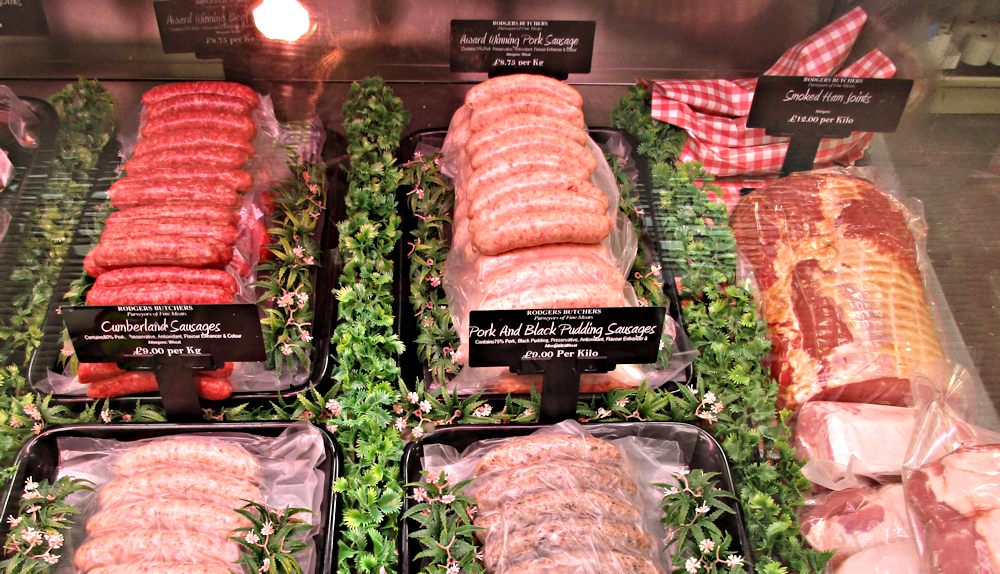
One of the joys of being in Europe is the discovering the fresh meat and fish markets. I love to visit them and strike up a conversation with the person behind the counter. There are always meats or cuts I have never heard of. And the butcher usually has some delicious partially-prepared items. You can buy individual portions and all you have to do is go back to your kitchen and cook them. Seasoned local lamb patties with sides of cooked veggies, microwaved potatoes and a salad are simple and fast to prepare. I have saved money, eaten some local fare, had an interesting conversation with the vendor, and maybe even received some cooking advice.
5. Develop a travel cooking repertoire that works for you.
It is important that you prepare flavorful foods you like. Then you won’t get bored and be tempted to go out. Before you embark, practice making a few meals as if you were cooking in a hostel kitchen. Even better, eat all or most of your meals this way for a week. Then you can weed out the methods and dishes that don’t work for you. When you hit the ground at your first destination, deciding what and how to eat won’t be such a difficult decision.
Keep it simple! Develop a repertoire of a few basic and simple dishes that you enjoy eating and that are fast and easy to prepare. Keep it healthy so you can maintain your travel energy.
Preparing most of your own food means that you have more control over what goes onto your plate. The foods I prepare include lots of fresh vegetables and fruits and very few preservatives, whenever possible.
In my e-book Frugal Strategies for Frugal Travelers, I provide ideas and recipes for fast, easy, healthy, and delicious meals.
Don’t get me wrong…
I love to eat local specialties as much as anyone. In fact, you should see all the foodie photos I have on my Facebook pages! But I limit the frequency of eating out to only a few times a week instead of three times a day.…and even then, I choose special dishes from the regional cuisine
So, eat your main meal in, and go out to that sweet little bakery down the street for dessert. Or grab a pint at the local pub where a band is playing.
It won’t be long before other hostel guests look over at your plate longingly and remark, “Wow that looks good! Where did you get that?”
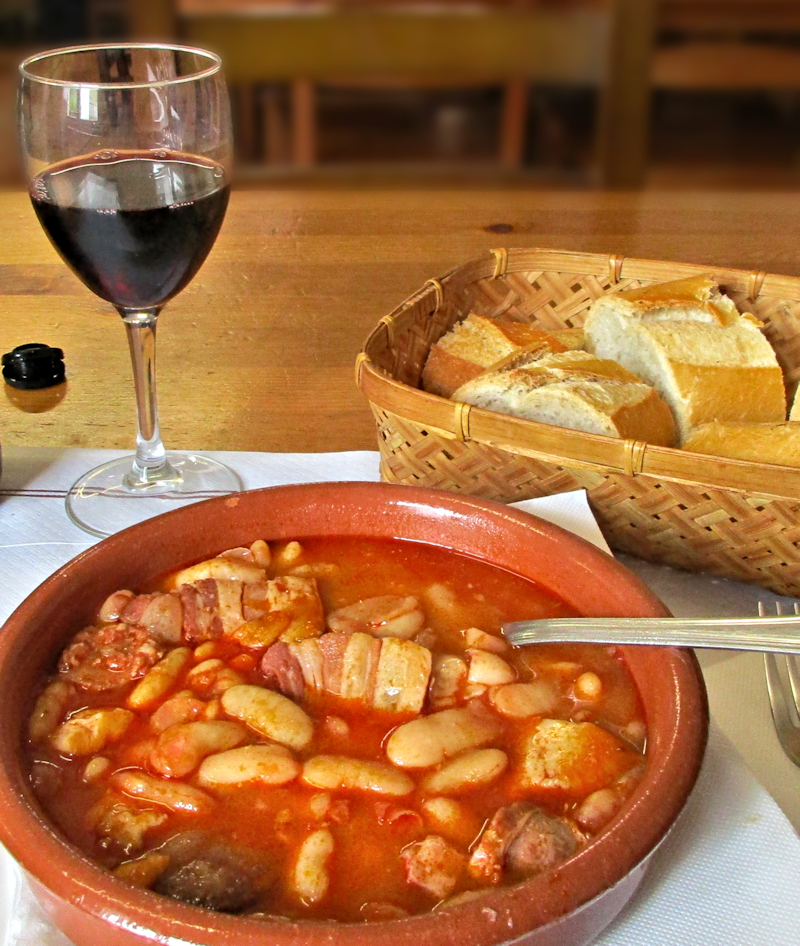
This is Part One of a two-part post on the subject of food strategies for budget travel.
Want to read more?
This post is just a summary of the information, tips, lists, and recipes you will discover in
Food Strategies for Frugal Travelers
See a preview and purchase the book here.
Inspired?
Want to learn about how I travel?
Other Blog Posts You May Find Interesting

What is YOUR Travel Style?
It is important for each person to figure out what his/her travel style is. It may take a while, and it may change from time to time, and place to place. Don’t allow others determine what your travel style is.
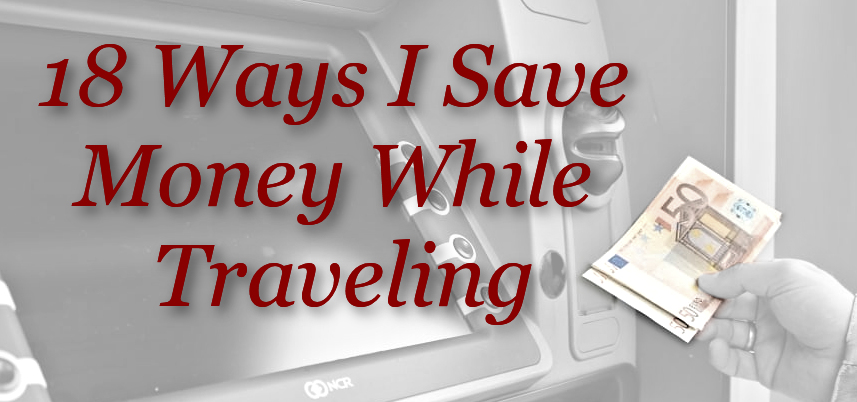
18 Ways I Save While Traveling
I spent 13 months in Europe during 2017-18 for less than $1,300 USD per month using the tips in this post.

Slow Down, You Move too Fast
You won’t see as much of your destination country, but your travel experience will be much more memorable and deeper—not to mention the very special perk of meeting and becoming friends with locals.
